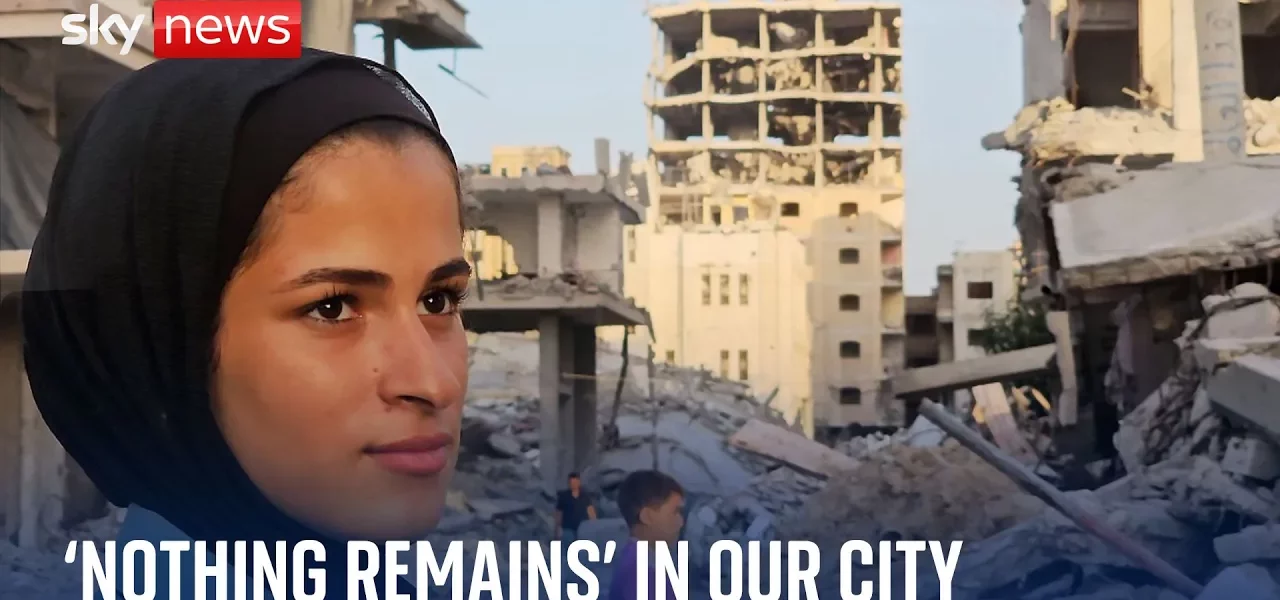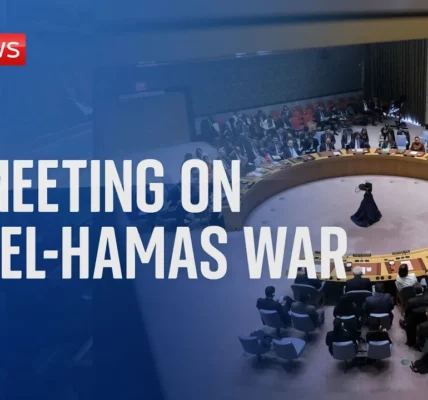Humanitarian Crisis in Gaza: The Stories of Shahed and HUD

This article delves into the harrowing experiences of twin sisters Shahed and HUD, who faced unimaginable challenges as they navigated the destruction of their home in Gaza. Through satellite imagery and personal accounts, we explore the profound impact of war on innocent lives and the ongoing humanitarian crisis.
Introduction
The ongoing conflict in Gaza has led to widespread devastation, displacing countless families and leaving a trail of destruction in its wake. Among those affected are twin sisters Shahed and HUD, who once envisioned bright futures in their hometown. This article aims to provide a comprehensive overview of their plight, the destruction of Gaza, and the alarming statistics that underscore the severity of the situation. By examining satellite imagery and personal testimonies, we can better understand the realities faced by those who remain amidst the ruins.
The Lives of Shahed and HUD Before the War
Before the onset of conflict, Shahed and HUD lived in the northern part of Gaza, where they enjoyed a typical life filled with dreams and aspirations. They spent evenings planning their futures, imagining the lives they might lead. Their days were spent with friends and family, capturing moments on their phones that reflected a vibrant community.
Community Engagement
- Social gatherings with friends
- Evenings out documenting their lives
- Participation in local events
Their home, once a place of comfort and joy, has since transformed into a site of unimaginable loss. The sisters’ transition from a normal life to one marked by fear and uncertainty highlights the tragic impact of war on civilian populations.
The Destruction of Gaza
As the conflict escalated, the destruction in Gaza reached catastrophic levels. Satellite analysis provides crucial insights into the extent of this devastation. Entire neighborhoods, including the sisters’ beloved Seaside Cafe, now lie in ruins.
Satellite Imagery Insights
Due to limited access to the region, satellite imagery has become an essential tool for assessing the damage. Key findings include:
- Complete destruction of residential areas
- Loss of vital infrastructure, including schools and hospitals
- Widespread damage to agricultural lands and farms
The scale of the destruction is staggering, with maps illustrating the areas most severely affected. This visual evidence serves as a grim reminder of the conflict’s toll on the fabric of Gaza’s society.
Casualties and Human Impact
The human cost of the conflict cannot be overstated. According to reports from the Hamas-run Ministry of Health, more than 40,000 people have lost their lives, with casualties spanning all demographics.
Casualty Breakdown
- Approximately 13,700 men
- More than 6,000 women
- Over 11,000 children
- Nearly 3,000 elderly individuals
For those who survived, life has changed drastically. Families have been uprooted, and many now reside in makeshift shelters, struggling to meet basic needs.
Current Living Conditions in Gaza
The situation in Gaza is dire, with aid agencies acknowledging a humanitarian disaster. Families like Munier’s, who once lived a normal life, are now displaced and struggling within overcrowded areas. The Al Zags family’s new neighborhood in the Al Masi humanitarian zone now faces extreme overpopulation, exacerbating the already critical situation.
Challenges Faced by Displaced Families
- Severe food shortages
- Tripling of prices for essential goods, such as flour and meat
- Increased incidence of infectious diseases
The soaring costs of living and the lack of adequate healthcare contribute to a growing crisis, with over 1.5 million cases of various diseases reported. Families are caught in a nightmare, with basic necessities becoming unattainable.
Conclusion
The ongoing humanitarian crisis in Gaza, illustrated through the stories of Shahed and HUD, paints a bleak picture of a region in turmoil. The destruction of homes, loss of lives, and the struggle for survival highlight the urgent need for international attention and support. As the world watches, it is crucial to remember the individuals behind the statistics—the families striving to rebuild their lives amidst unimaginable challenges. We call on readers to stay informed and advocate for humanitarian assistance to those in need.
“`




